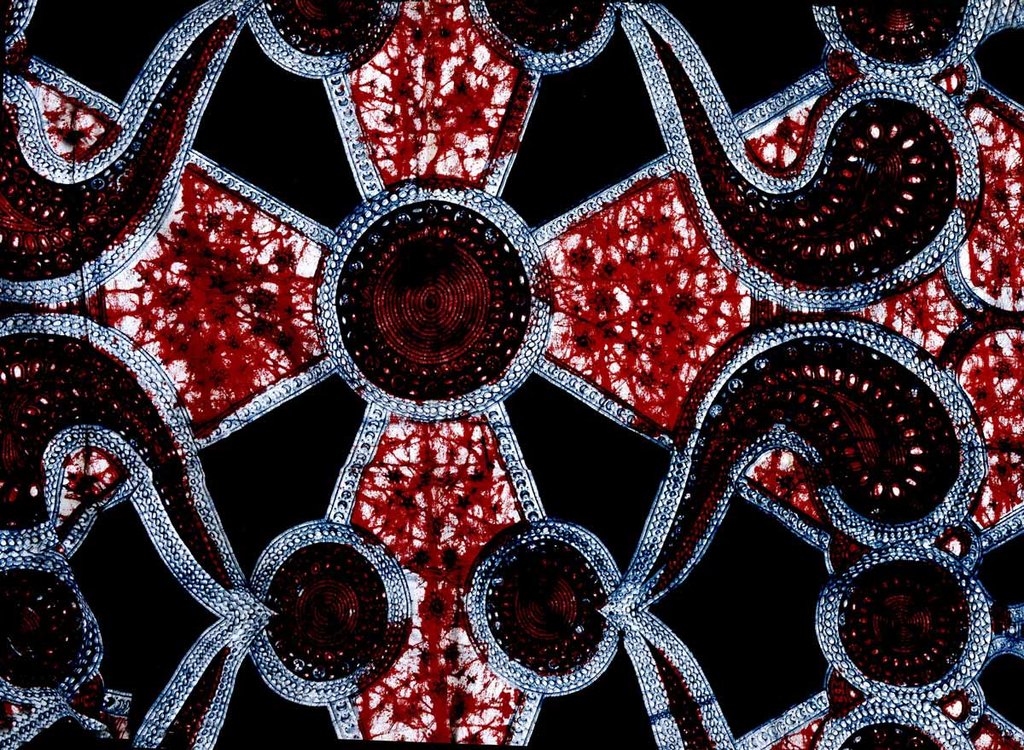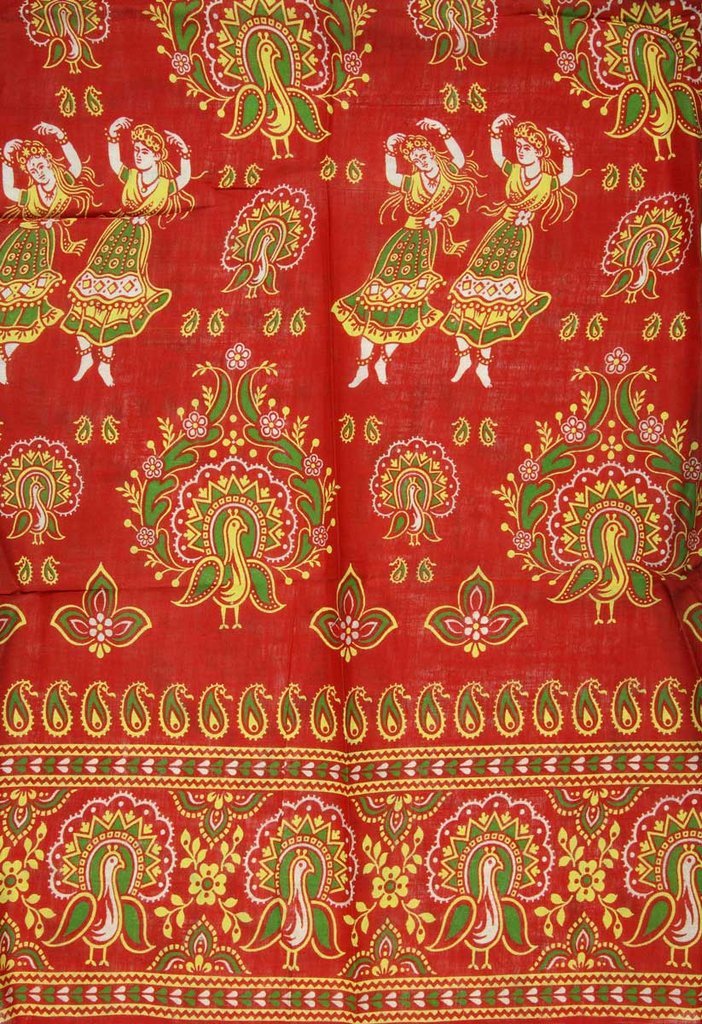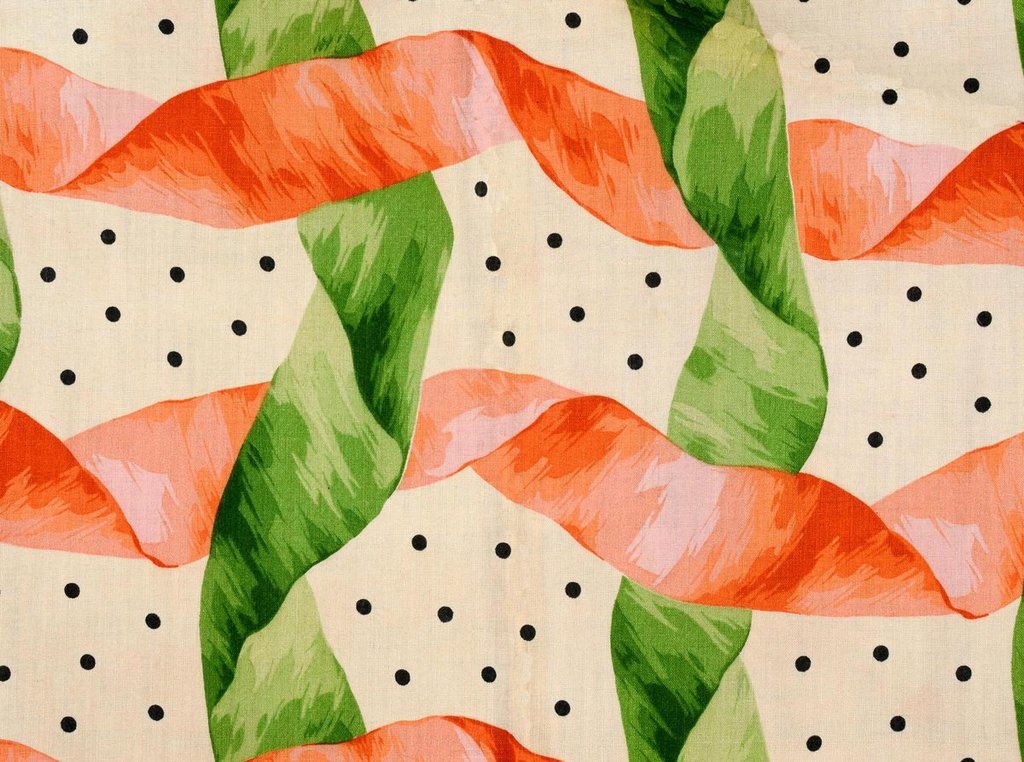Edwardian textile designs
Britain’s textile industry was the driver for much of the nation’s industrial power in the 19th century. These cotton cloth samples, records of registered designs, show the variety of outputs produced during the Edwardian period, shortly before the industry went into a steep and steady decline.
Textile design registered by Newman, Smith & Newman
Date: 8 October 1910
Catalogue reference: View the record N/A in the catalogue
Companies registered their designs to protect them from being copied by other manufacturers. At this time, protection was given for a period of five years, with the possibility to extend the copyright through renewal of the registration to a maximum of up to 15 years. Manufacturers would renew the registration of successful designs.
Newman, Smith & Newman, who registered this design, were a firm based in Dartford, Kent, who manufactured printed cottons for furnishings. In the 1920s, their business went into decline due to the impact of the influenza pandemic and the increase in costs of cotton. Their workshop was purchased by Warner & Sons in 1926.

Textile design registered by 'African Merchants' Blakely and Beving
Date: 1 October 1910
Catalogue reference: View the record N/A in the catalogue
The export trade was an important factor in the success of Britain’s textile industries in the 19th and early 20th centuries, which is reflected in the registered design records.
This design was registered by Blakely and Beving whose business was described in the register as ‘African Merchants’. Based in Manchester, from the late 19th century they were one of many European firms producing machine-printed wax cloth for trade in West Africa. The registered designs produced for export here contain examples of many different patterns, including motifs and symbols from African culture that British and other European manufacturers adapted to appeal to their customers.

Textile design registered by The Calico Printers' Association
Date: 30 September 1910
Catalogue reference: View the record N/A in the catalogue
This design is an example of a pattern produced in Britain intended to appeal to a consumer in India.
Britain began to manufacture cloth for export to India from the end of the 18th century. In the 19th century, India became Britain’s most rapidly growing cotton goods market. By 1913, textile exports to India reached a peak of 3.2 billion yards of cloth, almost half of the total of cotton yardage exported from Britain that year. The exports were mainly low-cost textiles intended to undercut India's domestic industry. There were also heavy import tariffs imposed on Indian goods in Britain at the time, which had a devastating impact on India’s textile industries.

Textile design registered by The Calico Printers' Association
Date: 1 October 1910
Catalogue reference: View the record N/A in the catalogue
This textile design was registered by The Calico Printers’ Association (CPA). Established in 1899, the CPA was created through the amalgamation of 59 textile printing companies and merchants, including key firms Edmund Potter & Co., Thomas Hoyle and Sons, and Salis Schwabe & Co. At the time of their formation, they represented around 85% of the industry. By joining together, they aimed to address the declining quality of calicoes and issues with prices.
The CPA maintained their own design studios, which developed designs for printed textiles. They were frequent users of the design registration process until their merger with the English Sewing Cotton Company in 1968 to form English Calico Ltd.
